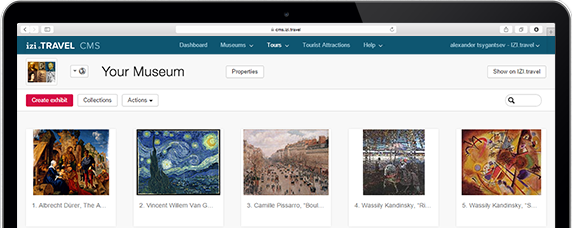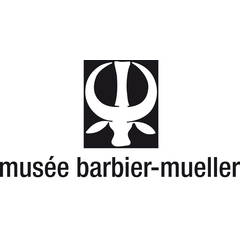Kalabari-Ijo ancestral screen
Update Required To play the media you will need to either update your browser to a recent version or update your Flash plugin.
The southern coast of Nigeria and the islands around Port Harcourt are populated by Kalabari Ijo. Ijo took an active part in the Atlantic trade with Europeans, which contributed to the fact that they completely reinvented themselves by the late eighteenth and nineteenth centuries. As they adopted slaves into their own society and transmuted into Kalabari, they appropriated and reinvented many of the symbols of their Western trade partners as marks of their new Kalabariness. Among the Kalabari, the drill of the British navy became a dance and top hats became emblems of chiefship. The funerary screens such as the one exhibited here, which were created for deceased heads of trading houses, are another example. They seem to have been made by the family that provided river pilots for Western ships and are probably based on their experiences aboard vessels where framed paintings and photographs were displayed. These were interpreted by local observers to be the Westerners’ ancestors.
Such screens were arranged with an evolving set of sculptures, frames, cloths and prestige objects in the men’s meeting houses. Though greatly appreciated both by Kalabari and the Western art market, these works are an optional ingredient of ancestral shrines, mere decoration, and can be functionally replaced by a scrap of white cloth.
This screen, made to commemorate the deceased head of a trading house, shows the masquerade, at which he excelled and was the public face of the house at festivals. The leader sits, decorated with textile and flanked by two supporters and heads representing house members. The small panels on either side represent mirrors, prominent articles of trade. All figures hold carved, ivory tusks as marks of prestige. The smaller figures are in a different hand from the main figure. The backscreen of wood or woven palm fronds to which the figures are attached is particularly prone to attack by termites so that small carvings become loose. It is not unusual for the backing to be periodically renewed and for figures from various original screens to be mixed up and rearranged in the process or partly replaced by those in a different hand before the whole is repainted and redressed as “the same” screen.
Duein fubara ancestral screen. Kalabari-Ijo. Wood, raffia, paint and textile. H. 140 cm. Inv. 1012-40.
Photo 1: Ancestral screen receiving offerings of gin in a men’s meeting house. Buguma, Kalabari. Photo Nigel Barley, 1987.
Photo 2: Rebuilt and repainted screen. Photo Nigel Barley, 1987.
Photo 3: Kalabari chiefs c. 1880 in arranged poses similar to those of an ancestral screen.
Such screens were arranged with an evolving set of sculptures, frames, cloths and prestige objects in the men’s meeting houses. Though greatly appreciated both by Kalabari and the Western art market, these works are an optional ingredient of ancestral shrines, mere decoration, and can be functionally replaced by a scrap of white cloth.
This screen, made to commemorate the deceased head of a trading house, shows the masquerade, at which he excelled and was the public face of the house at festivals. The leader sits, decorated with textile and flanked by two supporters and heads representing house members. The small panels on either side represent mirrors, prominent articles of trade. All figures hold carved, ivory tusks as marks of prestige. The smaller figures are in a different hand from the main figure. The backscreen of wood or woven palm fronds to which the figures are attached is particularly prone to attack by termites so that small carvings become loose. It is not unusual for the backing to be periodically renewed and for figures from various original screens to be mixed up and rearranged in the process or partly replaced by those in a different hand before the whole is repainted and redressed as “the same” screen.
Duein fubara ancestral screen. Kalabari-Ijo. Wood, raffia, paint and textile. H. 140 cm. Inv. 1012-40.
Photo 1: Ancestral screen receiving offerings of gin in a men’s meeting house. Buguma, Kalabari. Photo Nigel Barley, 1987.
Photo 2: Rebuilt and repainted screen. Photo Nigel Barley, 1987.
Photo 3: Kalabari chiefs c. 1880 in arranged poses similar to those of an ancestral screen.
Download the free izi.TRAVEL app
Create your own audio tours!
Use of the system and the mobile guide app is free


